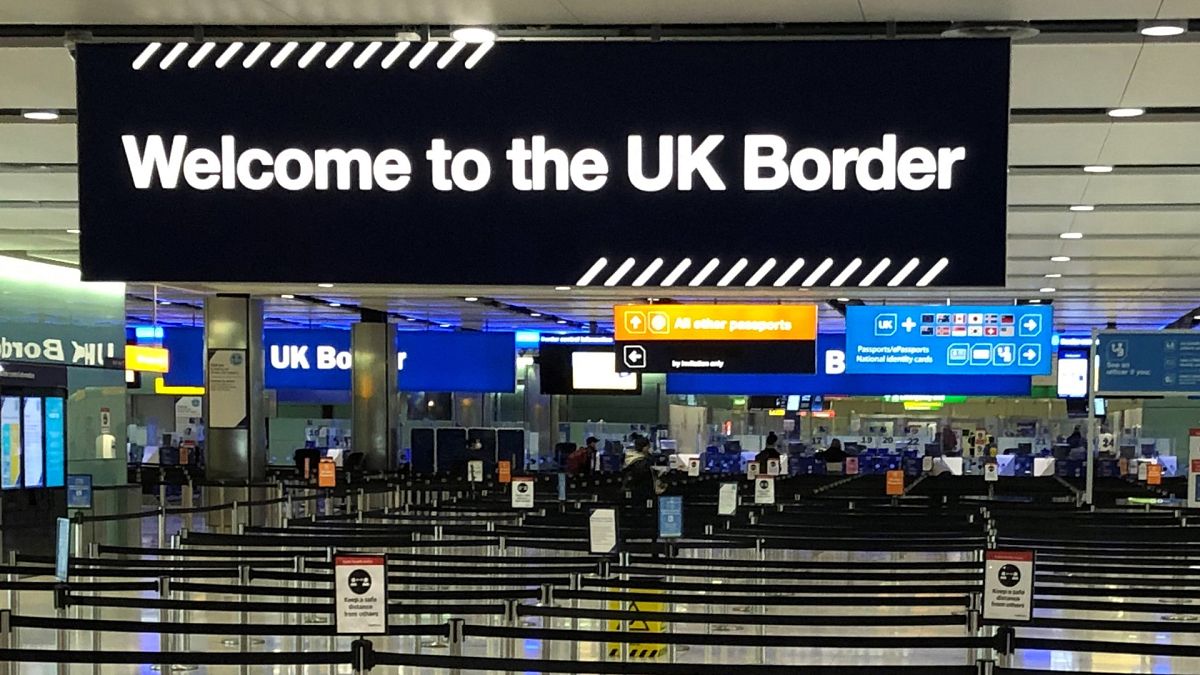Want to explore a different side of Europe? From Cologne’s Carnival to Innsbruck’s pistes, this train route goes deeper.
Europe’s newest long-distance rail route is nearly ready to get rolling.
On 5 February, European Sleeper will launch its overnight route connecting Brussels and Venice. But it’s more than a convenient way to travel from Belgium to Italy.
The sleeper train will stop at nine cities in total, cutting through the Netherlands, Germany, European ski centres in the Alps and finally into Italy.
If you want to see more than the inside of a sleeper carriage, here are four great destinations to visit along the way.
Eat, drink and be merry in Brussels, Belgium’s most diverse destination
Whether the end or start of your journey, Brussels might tempt you to stay longer than you planned.
The de facto capital of the European Union is Belgium’s most cosmopolitan city. By far.
More than 60 per cent of its population is foreign-born, and the city’s rich food and drink scene reflects this exceptional diversity.
Southeast of the Palace of Justice, Matongé - Brussels’ African quarter - offers a gourmet stroll alongside art nouveau and neo-gothic buildings like the Saint-Boniface church.
In the city centre, you’ll find Vietnamese pho, Syrian-Armenian flatbreads and Hawaiian poke inside the Wolf food hall and in bistros across the Sablon and Marolles districts.
You can enjoy all this as the locals do, while sampling sour lambic beers and Belgian ales along an informal pub crawl. Some venues, such as À la Mort Subite, have been open for more than 100 years.
Explore the Netherlands’ maritime history and modernist architecture in Rotterdam
The Netherlands’ second city is as defined by the future as much as its past.
While much of the city was destroyed in the 1940s during WW2, some of its old city has been preserved.
The historic marina along the Nieuwe Maas river, Delfshaven, used to be a hub for herring fishermen and gin distillers. Today its historic canal houses contain antique shops, cafes, breweries and, fittingly, gin bars, all built around De Destilleerketel, a windmill towering over the flat waterside district.
The city is an architect’s dream, too. Buildings such as the Depot Boijmans Van Beuningen, the mirror-covered art centre that boasts a sustainable energy system and its own heat and cold storage, and the Markthal, an indoor market enclosed by apartments that wrap around it in a horseshoe shape, represent Rotterdam’s progressive spirit.
Dress up for Carnival in Cologne
Cologne boasts 2,000 years of history along the Rhine River. Its high gothic cathedral and cobblestoned centre are sights to behold.
But it might be as well-known for its raucous Carnival, or Fastelovend, as it’s called in Cologne.
The city comes alive for the ‘five crazy days’ before Ash Wednesday to mark the beginning of Lent. The whole city dons colourful costumes, including many garish red-and-white wigs. Revellers crawl from pub to pub drinking ‘kölsch’, a pale hoppy beer. Parades fill the streets, culminating with the biggest on Rose Monday - Rosenmontag - when the ‘blaue funken’ or blue sparks lead an 8-km route.
More than one million people visit Cologne for Carnival. When you experience it, you’ll understand why it’s not just one of Europe’s largest street festivals. It’s one of the most popular, too.
Race down the piste, hike or see another side of Innsbruck
When you’re in the Alps, there are a few must-do activities and must-see attractions.
The Bergisel ski jump towers over the city, giving you a good indication of Innsbruck’s top draw. The skiing here is second to none, thanks to its excellent ski-in, ski-out hotels, off-piste destinations and infrastructure.
If you visit in summer, you can hike the same hills you ski down in winter. The rolling wooded mountains feature well-connected panoramic trails. Spanning 2 km to 33 km, they are suitable for all levels, too.
But there’s more to Innsbruck than outdoor sports.
You can visit the ornate imperial palace, be dazzled by the abundance of crystals at Swarovski Crystal Worlds, swim in the art nouveau Hallenbad Amraser Strasse pool and explore the old town, where you’ll find the iconic ‘golden roof,’ a shimmering façade built for Emperor Maximilian I.

 3 months ago
34
3 months ago
34






 We deliver critical software at unparalleled value and speed to help your business thrive
We deliver critical software at unparalleled value and speed to help your business thrive






 English (US) ·
English (US) ·